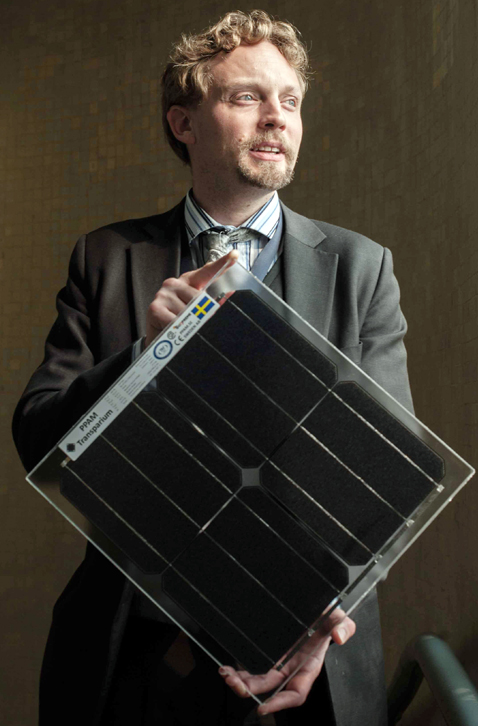Solar’s new market is on your roof
 The rooftop solar market in India has grown by 66 per cent in the 2015. With this new market opening up, technology solutions are going to be key to move the market forward.
The rooftop solar market in India has grown by 66 per cent in the 2015. With this new market opening up, technology solutions are going to be key to move the market forward.
In June 2015, India increased its solar target to 100 GW by 2022, with 40 per cent of this to be met by rooftop solar. Rooftop solar can be a game-changer for India’s solar market. Andreas Molin, Chairman and CEO of PPAM SOLKRAFT talks about how their product can improve efficiencies towards India’s rooftop solar ambition.
How is your technology relevant to India?
India is moving towards sustainable power and solar power plays a key role in this space. We are running a small pilot project in Punjab where we will install the solar panels on the roof. This helps not only to maximise the energy trapped by the panels but also helps cool the roof.
Our panels, unlike others, are double sided which increases the efficiency of the technology being used. We coat the rooftop with reflector paint so that the panel can work on both side. In this respect it also functions as a sound barrier.
How do you plan to introduce this technology into the Indian market?
For now we plan to work with one local partner. We also want to partner with individuals who run large scale businesses, we feel our technology would be particularly useful in such industries. Eventually we would like to set up a manufacturing line, probably with a partly owned company so that we can have checks and balances in place for quality control.
We would like to set up a small 5 kilowatt plant in India to show our partners who to monitor and run operations. This will also give us an insight into customer behaviour, early in the business, which is important.
Is India a favourable market and economy to do business in?
I think India has great potential especially since it is a developing economy and is still growing at an exponential rate. This is a good time to enter the market, people are more aware than before about being sustainable. They realise now that even though the initial investment in such technology is a little high it pays off in the long run. This is a very positive attitude and that is what we are hoping to work with here in India.
What are some of the challenges you are anticipating?
We have never worked in India before and it is a very diverse country so I guess the biggest challenge is to understand how people operate on the ground and what their mind set is. Understanding customer behaviour is very important to run a business successfully for a long time. India has tremendous potential for the technology that we have and thus we need to find the right inroad for this technology.